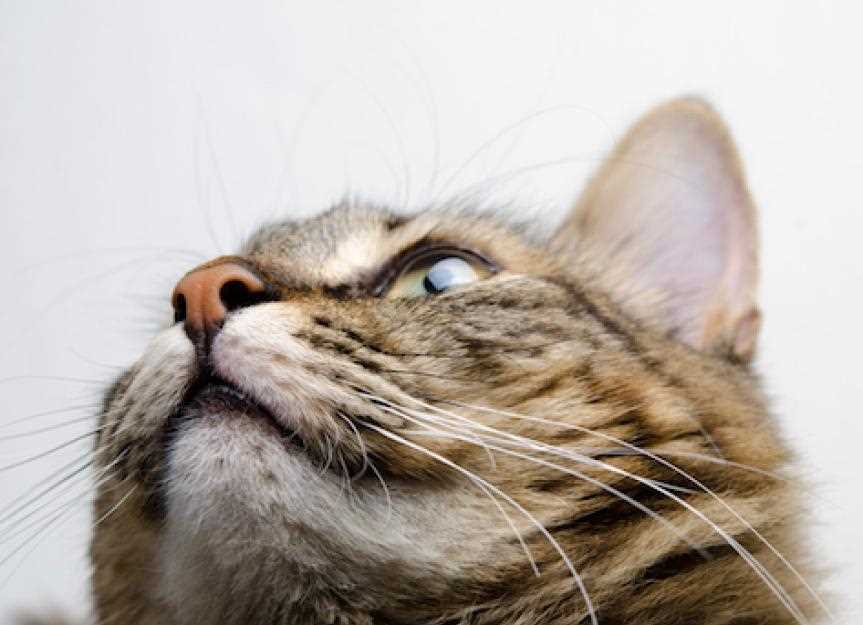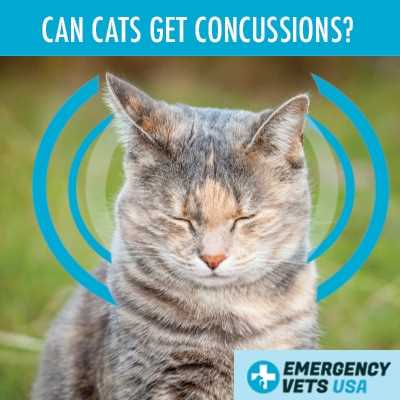First, ensure a calm environment. I appreciate peace and quiet; it helps me relax and recover. Keep noise levels low and avoid sudden movements around me. This is crucial for my comfort.
Monitor my behavior closely. Watch for signs of distress, such as excessive meowing or hiding. If I seem unusually lethargic or disoriented, it could indicate that I need extra care. You know me well; pay attention to any changes in my habits.
Hydration matters. Offer fresh water regularly. Sometimes, I might not feel like drinking, so gently encourage me to sip. You could even try enticing me with ice cubes or a little wet food mixed with water.
Rest is key. Create a cozy sleeping spot where I can curl up without interruptions. Soft blankets and a familiar toy can make all the difference. Let me sleep as much as I need; it’s my natural way to heal.
Limit my activity. Keep me indoors and discourage any jumping or rough play. A quiet space allows me to recuperate without the risk of further injury. Your supervision is essential during this time.
Lastly, consider consulting a veterinarian if my condition doesn’t improve. I know you care about me, and a professional opinion can provide reassurance and guidance. Taking these steps can help me feel better sooner.
Recognizing Symptoms of a Feline Head Injury
If you’re noticing changes in my behavior, it might be a sign of a head injury. Look out for disorientation or confusion; I may seem lost even in familiar spaces. My balance could be off, making me wobble or stumble when I walk. If I suddenly become more sensitive to sounds or light, that could indicate something’s not right.
Watch for unusual vocalizations, too. I might be more vocal or, conversely, unusually quiet. Changes in appetite can occur; I may refuse food or water altogether. If I seem lethargic, spending more time sleeping than usual, take note. A sudden lack of grooming can also be a red flag, as I might not feel up to my normal routine.
Physical Signs to Consider

Check for any visible injuries on my head or body. Swelling or bruising can be indicators of trauma. If my pupils appear uneven or if I have difficulty tracking moving objects, it’s crucial to pay attention. Any seizure activity or loss of consciousness is serious and requires immediate attention.
Behavioral Changes

Increased irritability or aggression can signal distress. I might hide more than usual or avoid interaction with my favorite humans. If I exhibit any of these symptoms, it’s important to take action quickly and seek advice from a veterinarian.
Creating a Safe and Comfortable Environment
Ensure a quiet area for rest. Limit noise and movement to help recovery. Use soft bedding for comfort, allowing me to relax fully.
Maintain a consistent temperature. Avoid drafts or excessive heat, as both can be uncomfortable and hinder healing.
Provide fresh water and a balanced diet. Consider options like food for cats with liver disease to support health during this time.
- Keep essential items within reach: food, water, and litter box.
- Use dim lighting to reduce strain on the eyes.
- Limit interactions with other pets to reduce stress.
Regularly check on me, offering gentle reassurance. Avoid sudden movements or loud sounds that might startle.
Establish a routine for meals and rest to create a sense of security. Consistency helps me feel more at ease.
Administering First Aid Steps for Your Feline Friend
First, ensure your furry buddy is calm and comfortable. Gently approach them, avoiding sudden movements that might startle. Speak softly to reassure your pet. If your companion is alert, offer them small sips of water to stay hydrated.
Checking for Injuries
Examine for any visible injuries, such as cuts or swelling. If you find any, clean the area with mild soap and water. Apply a sterile bandage if necessary. Avoid using human medication; consult your vet for appropriate options.
Monitoring Behavior
Keep a close watch on their behavior. If your pal shows signs of disorientation, lethargy, or unusual aggression, document these behaviors and contact a veterinarian immediately. Observing changes can be crucial for their recovery.
If you handle tools in your garage, ensure you have reliable equipment like the best tire air compressor for garage to maintain a safe environment and prevent accidents while tending to your companion.
Monitoring Recovery Progress at Home
Keep a close eye on my behavior to identify any changes. Spend time observing how I move, eat, and interact. Note any signs of lethargy or reluctance to engage in activities I usually enjoy.
Daily Check-ins
Conduct daily assessments of my appetite and energy levels. If I’m not eating or drinking, it’s crucial to consult a veterinarian. Track my activities in a notebook, noting any improvements or setbacks.
Behavioral Changes
Watch for unusual reactions to stimuli, like sounds or sudden movements. If I seem more anxious or fearful, it may indicate lingering effects. Also, take note of my sleeping patterns; excessive sleep might be a sign of ongoing issues.
Pay attention to my coordination. Any wobbling or difficulty in jumping could signal that I need more time to recover. If I seem to have trouble with balance or spatial awareness, reach out for professional advice.
Stay alert for changes in my grooming habits. If I’m neglecting to clean myself, it might indicate discomfort or stress. Keeping my environment calm and quiet will help make recovery smoother.
When to Seek Professional Veterinary Help
If I show persistent signs like confusion, disorientation, or difficulty walking, it’s time for a vet visit. Any unusual behaviors, such as excessive meowing, hiding, or aggression, should not be ignored.
If there’s any vomiting, seizures, or fluid discharge from the ears or nose, immediate attention is necessary. Changes in appetite or drinking habits, especially if I refuse food or water for more than 24 hours, warrant concern.
Increased lethargy, especially if I’m not responding to stimuli or seem unusually tired, signals a need for professional evaluation. If my pupils are uneven or I have trouble focusing on objects, don’t wait; get help.
Monitor for signs of pain or discomfort. If I’m flinching or avoiding touch, it’s crucial to consult with a veterinarian. Remember, safety comes first. If you’re ever in doubt, it’s always better to err on the side of caution and seek expert advice.






